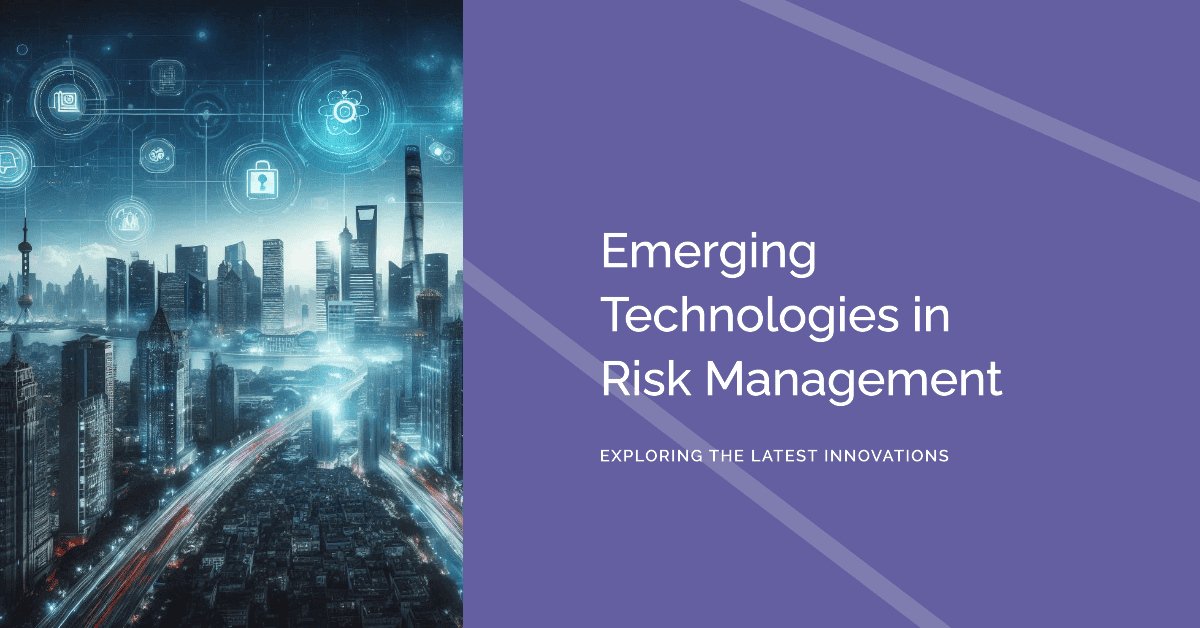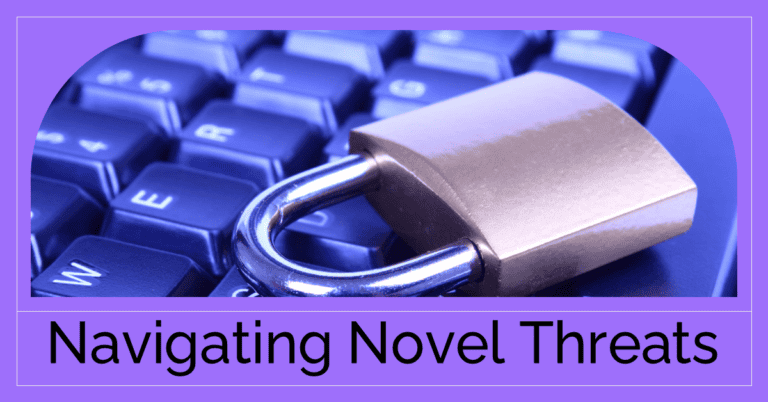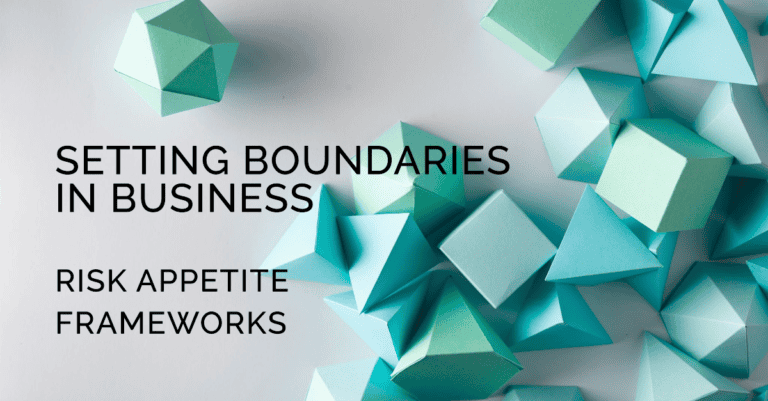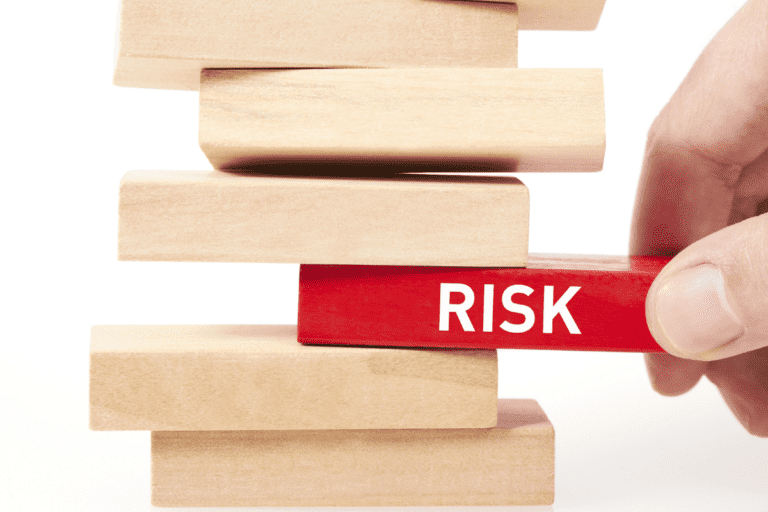The risk management environment is changing quickly. The time-served simple ways of identifying, analysing, and minimising risk are no longer sufficient for today’s digital landscape. The future, with tools such as Artificial Intelligence (AI), Blockchain, and IoT, will revolutionise risk management. With those technologies rolled into one, there is more security, efficiency, and immediate reaction to potential risk events.
This blog will discuss the influence of AI, Blockchain, and IoT on risk management and why we should adopt these new technologies.
Emerging Technologies Overview
Artificial Intelligence (AI)
AI can analyse big data at incredible speeds and give real-time risk insight. Using data analytics, anomaly detection, and predictive modelling, AI can enable organisations to automate risk management, making vulnerability discovery more proactive.
Blockchain
Blockchain provides a distributed system for data integrity, transparency, and security. Its distributed ledger solution leaves no one behind, ensuring a foolproof platform for transaction entry and storing confidential data.
Internet of Things (IoT)
IoT is an internet of connected devices that gather and send data. These devices, from sensors to smart appliances, collect information that can be further processed for real-time risk monitoring and risk analysis and provide a vast database to help with risk management decisions.
Relevance of Integration
AI, Blockchain, and IoT must all be embraced to the fullest extent for these technologies to achieve maximum efficiency. Each is powerful in its own way. AI offers analytic capabilities, Blockchain ensures security and openness, and IoT provides real-time data. Such technologies build a hybrid ecosystem for increased security and performance. This holistic approach allows businesses to identify, prevent, and manage risk in a dynamically evolving technological environment.

Artificial Intelligence and Risk Management
AI is disrupting risk management by mining large data volumes in real-time and with precision. It finds patterns, flags anomalies, and reacts to real-time risks, automating risk discovery and control. AI-enabled mechanisms can continuously monitor traffic, banking, and other operational data to detect anomalies that might indicate security breaches or fraud. This proactive mode saves time and avoids human error.
This machine learning AI subset helps systems learn from the data and continually predict better. Machine learning models in risk management can use historical data to predict risks for the future, like equipment breakdowns, cash flows, or cyber-attacks. Such algorithms help optimise decisions through precise data-driven knowledge, helping organisations proactively stop problems before they become issues.
The Use of Blockchain
Blockchain’s decentralised character is one of its most vital characteristics for managing risk. Instead of relieving the central authority, data is distributed to many nodes, making it highly secure from tampering and hacking. Because of this decentralisation, the data is indestructible and is more secure and trusted. Transparency also allows audibility, which is vital for businesses that require secure and verifiable transactions, such as financial, healthcare, and supply-chain management.
Blockchain’s uses in risk management are diverse, especially when combined with IoT. For instance, Blockchain can authenticate transactions on IoT networks to ensure that data received from devices is real and undisturbed. Blockchain technology enables traceability across supply chains to reduce the chance of fraud, falsification, or mismanagement of products. In the banking industry, Blockchain can protect identities and financial transactions against identity theft and fraud.
IoT Data Utilisation
IoT appliances generate immense amounts of data that can be reclaimed for risk analysis. From factory sensors to building smart thermostats, they deliver instantaneous information that can be used to spot dangers such as equipment breakdowns, environmental risks, or intrusions. The data helps organisations identify corrective steps at a very early stage to avoid costly downtime and prevent risks before they create a crisis.
Despite its upsides, IoT presents new issues, like privacy and data security. It’s hard to secure all endpoints on millions of devices. However, AI and Blockchain can overcome these problems. AI could inspect IoT networks for recurrences, and Blockchain could guarantee that IOT devices’ data cannot be stolen. Both are more robust responses to the security issues that IoT poses.
AI, Blockchain and IoT Integration
A well-functioning risk management system will increase cybersecurity and operational resiliency when combined with AI, Blockchain, and IoT. AI can analyse IoT-generated information to flag a threat in real-time. Meanwhile, Blockchain guarantees that this data is protected and reliable. Together, these technologies make a web-connected ecosystem that can more efficiently identify, control, and mitigate risk, as well as lower the cost of operation through automation and eliminating intermediaries.
A few practical examples show how these technologies can work well together. For example, IoT-connected equipment detects shipments in the logistics sector, AI anticipates disruptions, and Blockchain keeps shipment data clean. In finance, AI-powered algorithms also catch fraudulent transactions in real-time, and Blockchain encrypts digital identities and transactions.

Final Thoughts
The future of risk management is a continuous blend of AI, Blockchain, and IoT. These technologies will provide even more in the future—from predictive analytics to safer and more accessible data processing. Companies that adopt these technologies will be better positioned to deal with the more challenging risk environment.
Businesses must embrace these new technologies to remain competitive and manage risk effectively. Adding AI, Blockchain, and IoT to risk mitigation programs will enable enterprises to improve security and decision-making and maintain competitive advantage in the digital landscape. It is not too late, as these technologies define the future of risk management.






